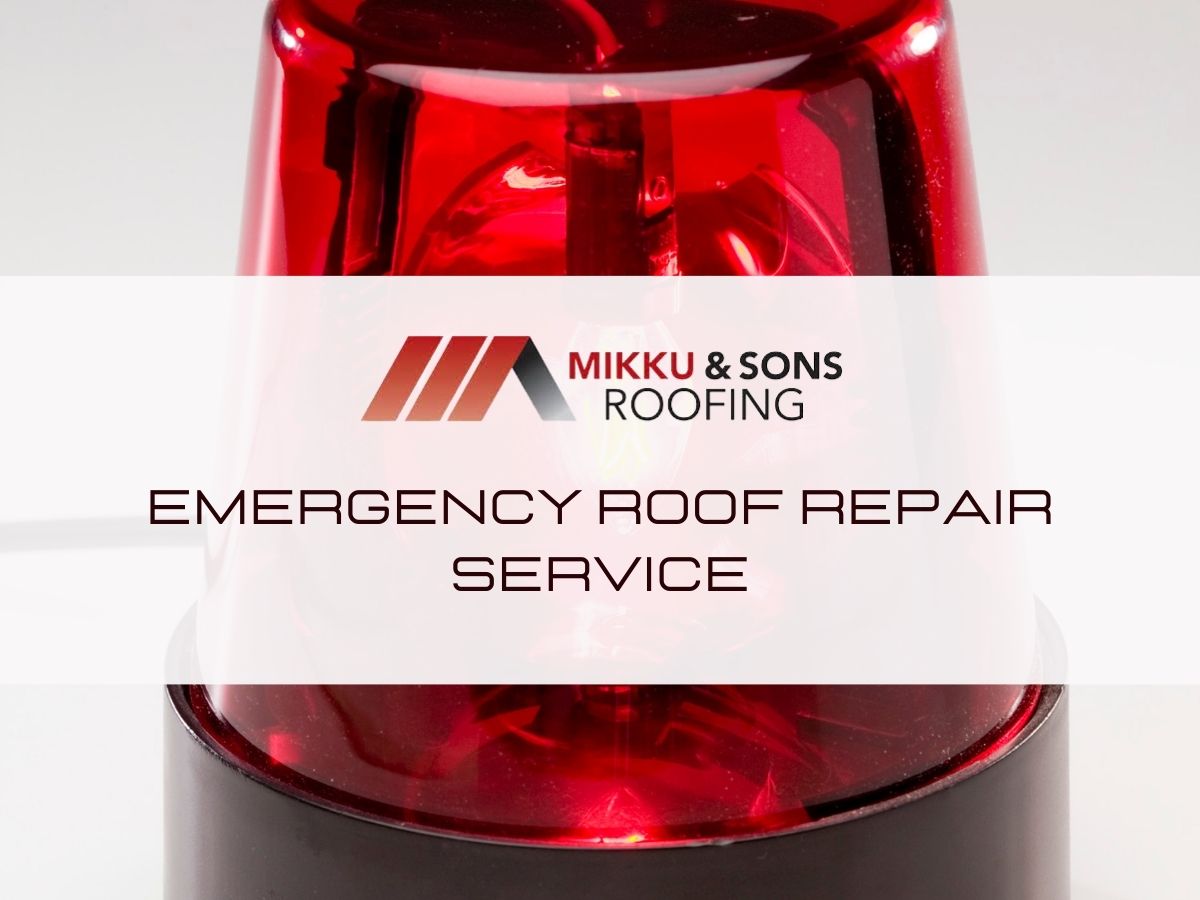

When you need an emergency roof repair service, we don’t recommend that homeowners try to tarp or repair a roof on their own. It is work best handled by an expert repair company that has a lot of experience with it. However, there are times when professional cannot be found immediately and a property owner may need to take drastic action to preserve their property.
Tarping a roof is a project to be completed only when a professional roofing contractor is not available, and the situation needs immediate attention to prevent further damage. This type of emergency roof repair is a temporary fix for a major roof leak and should only be attempted in a safe environment with the right array of safety equipment being used. Make sure you have at least one additional person to help in the repair. Final repairs are best left to a roofing professional that has the equipment and expertise to do it safely and permanently.
Rooftops are dangerous when wet, especially with tarps. Tarps can even be slippery when they are dry, so extreme caution is advised at all times. Be careful.
Finding the exact spot that is causing the leak might be hard if an obvious damage spot is not clearly seen. Storm damage can range from large, highly visible damage or tears to almost undetectable penetrations. Even small types of damage can hurt the surface of your roof and lead to bigger problems over time. Leaks look like they start in one area, but water usually moves in ways that you don’t expect.
Start by checking the underside of the roof for water stains. Go up into the attic, if you have one, and see if you can spot where the water is coming from that is leaking into your property.
Find the problem area in question on the roof.
Make sure to install your material over the ridge. If the material is installed just shy of the ridge, it allows water to run freely right under the plastic and, again, inside your house.
For more tips and tricks on how to measure your roof, take a look at our guide!
